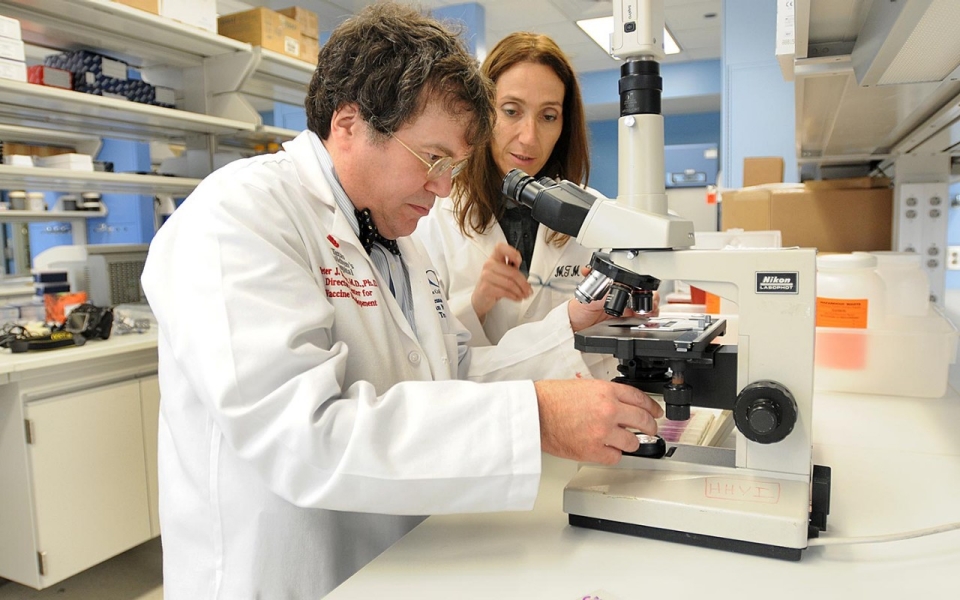Al-Jazeera
October 26, 2013

As another week passed, his wife, an administrator at the University of Texas Medical Branch at Galveston (UTMB), asked the doctors she worked with for urgent help. Eventually the story reached Lucas Blanton, a young infectious disease physician at UTMB who studies murine typhus, an ancient bacterial infection no longer thought to plague the United States. Blanton immediately recognized Bares’ symptoms and prescribed drugs to treat murine typhus, which is spread by fleas. Within 72 hours, Bares’ fever lifted as quickly as it had come.
Murine typhus is one of a handful of diseases now surfacing in Texas, in part because of a cadre of tropical disease specialists trained to spot them. Their sleuthing techniques range from assessing old blood samples to testing insects for parasites. In the past two years, they’ve uncovered murine typhus, as well as two diseases thought to exist only south of the Mexican border, dengue fever and Chagas’ disease, in people who rarely leave the U.S.
Rather than occurring in dramatic outbreaks, these diseases bubble to the surface slowly and largely slip by unnoticed because few doctors know what they are. Peter Hotez, a tropical disease expert, calls these ailments “neglected” diseases because they are rarely recognized by doctors in the U.S. and, as a result, are underestimated and disregarded by government agencies that fund disease research and surveillance. In 2011, Hotez started the National School of Tropical Medicine at Baylor College of Medicine, in Houston, to fight them.
“I think these diseases have been around for a while,” says Hotez. “But no one has been looking.”
A comeback
Texas, along with Alabama, Louisiana, Florida and a few other southern states, is particularly vulnerable to neglected diseases because of its proximity to the Mexican border and its tropical climate and high rate of poverty, which leaves people exposed to the outdoors and vulnerable to pests that transmit parasites. Some of these diseases were widespread in the southern U.S. in the first half of the 20th century before public health strategies banished them.
For instance, murine typhus spread to humans via fleas carried by rats that thrived among the busy ports lining Galveston, a small island near Houston. But the epidemic was quashed when the government hired “rat trappers” and dusted large swaths of land with DDT. A national outbreak like that of 1944, in which more than 5,400 people caught murine typhus, has not been seen in the U.S. since. With cases turning up in Galveston, Houston and Austin, researchers say the scourge could be making a comeback. They are exploring whether fleas carrying the typhus bacteria now infest opossums and feral cats.
Domestic cases of Chagas’ disease became apparent when blood drives in Houston began to screen for it in 2007. Milton Wright, a retired sheriff at Fort Ben County in Houston, learned he had the disease via a letter asking him to refrain from giving blood again. Additional tests for signs of the parasite that spreads Chagas’, Trypanosoma cruzi, confirmed that he was indeed infected. But Wright could not imagine why. A Google search for the disease identified it as a cause of death in Latin America, yet Wright’s only trips there were on cruise ships to the Caribbean.
For a moment, Wright thought he might have been infected in the county jail, where many inmates are Latin American immigrants. If that were the case, however, some jail wardens should also have contracted the disease, and they had not.
Recently, researchers at the National School of Tropical Medicine found clues to suggest that Chagas’ disease is transmitted within Texas. Not only do the “kissing bugs” that pass T. cruzi on to people live in the state, but 60 percent of those sampled carry the parasite. In addition, veterinarians in Texas frequently see dogs with the disease.
 Daily Stormer The Most Censored Publication in History
Daily Stormer The Most Censored Publication in History


